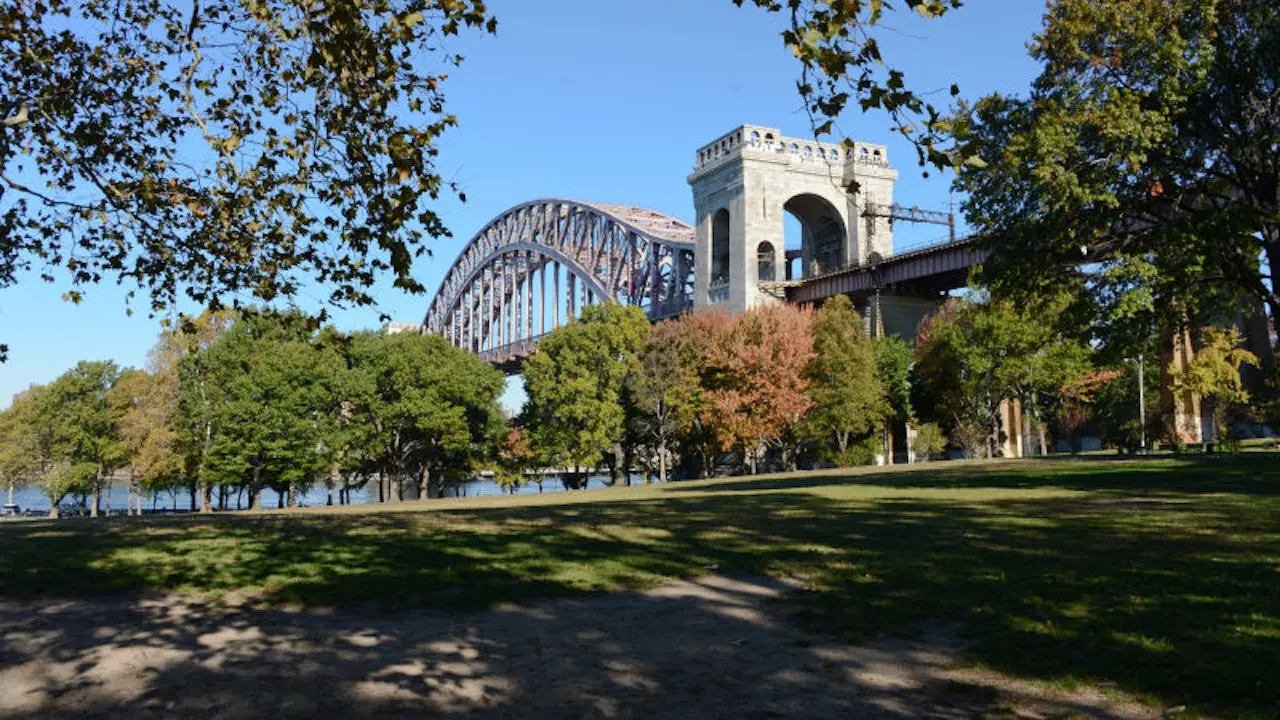Bronx Car Explosion Injures Seven Firefighters, FDNY Probes Cause Amid Trash-Fire Tangle

An explosion that injured seven firefighters in the Bronx raises troubling questions about urban fire risks and New York’s ability to protect those who protect it.
Around 7pm on a muggy Wednesday in Longwood, the Bronx, an ordinary evening spun into chaos. Responding to a fire that had engulfed piles of rubbish and several parked cars on Westchester Avenue, New York’s Bravest found themselves suddenly overwhelmed as one vehicle detonated without warning. The ensuing fireball, caught on video and replayed endlessly on local news, cast a stark orange glow against the dusk—and underscored the lurking hazards that stalk those sent to contain New York’s urban conflagrations.
Seven firefighters from the Fire Department of New York (FDNY) were injured in the blast. Five suffered burns to their hands and faces; three required hospitalisation at Jacobi Hospital’s trauma and burn centre, though all are expected to recover. Chief of Department John Esposito was quick to highlight both the “quick action” by Emergency Medical Services and the diligent care by Jacobi’s emergency staff. Dr Sheldon Teperman, director of Jacobi’s trauma centre, recounted that a “wall of fire” had surrounded the responders, but expressed confidence in their resilience and recovery.
The explosion, reportedly accompanied by a sequence of booms and leaping flames that ignited nearby trees and rubbish, stunned residents and the firefighters alike. While fire marshals pore over surveillance footage to identify a cause, accounts from witnesses suggest a fire already in progress grew rapidly before the fatal detonation. The blaze itself was declared under control within an hour, after which the real work—investigation and reckoning—began.
The immediate implications for the city are palpable. Seven wounded first responders in a single incident is a jarring figure, reminiscent of the risks endured nightly in New York’s denser boroughs. The injuries portend operational strains for the FDNY: crew rotations and medical leave must be juggled for units already stretched by staffing gaps and a steady uptick in fire calls tied to summer heat and improper waste disposal.
More troubling are the systemic factors these blasts illuminate. Fires involving stacked garbage and abandoned or parked vehicles are no rarity in parts of the Bronx, where poverty, neglected public spaces, and inadequate waste removal create dangerous fuel. Car fires, especially those involving older models or electric vehicles with lithium-ion batteries, can escalate with deadly speed. The risk, in this case, appears to have been exacerbated by both urban detritus and the caprice of combustion.
There are broader, second-order ripples. A visible uptick in trash-fueled fires bodes ill not only for firefighter safety but for insurance premiums, local businesses, property values, and public confidence in municipal services. The city faces mounting costs as burn treatments, overtime pay, and equipment repair bills accumulate—Jacobi’s burn centre, renowned though it is, cannot indefinitely absorb the demands triggered by chronic urban neglect.
Political consequences are not far behind. Mayor Eric Adams, under pressure over public safety and sanitation, finds fresh fodder for critics questioning his administration’s prioritisation of outer-borough services. Calls for more frequent sanitation pickups, stricter vehicle abandonment penalties, and better funding for FDNY training and equipment will grow louder. Council members, especially those representing the Bronx, will feel compelled to champion such measures lest they be seen as absentee landlords of their own wards.
Similar scenarios play out in fellow megacities. London and Paris, both grappling with densely-packed streets and derelict cars, have rolled out “firewatch” patrols and targeted rubbish collection to head off fire hazards. Tokyo, quick to adopt sensors in public bins and stricter ordinances, has seen measurable success in reducing urban blazes. New York, never shy about learning from elsewhere, should take heed.
The real test of resilience lies in fixing what fuels the flames
The city’s strength has always been its capacity to adapt to adversity. The FDNY remains one of the world’s best-trained firefighting forces, and Jacobi’s trauma centre is justly lauded. But structural weaknesses persist. Waste management in districts like Longwood is a ticking bomb of its own—one less spectacular than a car explosion, but far more costly over time.
There are also lessons—sobering and actionable. Data from the Department of Sanitation show upticks in illegal dumping and missed collections in the city’s poorest precincts. A lack of coordination between sanitation crews, police, fire marshals, and local housing authorities means that problem spots become hotbeds for repeat incidents. The cost of inaction, as Wednesday night attests, can be paid in human skin as much as scarce budget dollars.
Nor is technology an all-encompassing salve. Better sensors, smarter patrols, and stricter code enforcement all have their place. But as long as bureaucratic inertia and budget shortfalls dog basic services, blasting the air with cautionary public-service announcements will have only modest effect.
What of the future? New York can ill afford complacency. Even as it basks in rising tourism and boasts plunging major crime, the city runs the risk of a different form of entropy—one less headline-grabbing but relentlessly corrosive. Fires born of squalor, neglect, and administrative drift do not just wound firefighters; they erode civic trust.
Yet, we reckon, the city can—and must—do better. Coordination between agencies, targeted sanitation in trouble spots, and investments in fire prevention, especially in car-dense boroughs, offer a path forward. To borrow a phrase from the medics at Jacobi, resilience is more than recovering from a burn; it is learning how to prevent the next one. New Yorkers have long praised their Bravest. The challenge now is to prove they are also the Wisest. ■
Based on reporting from NYC Headlines | Spectrum News NY1; additional analysis and context by Borough Brief.